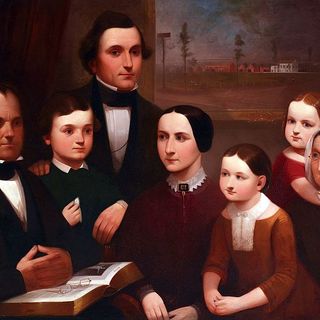In a first-of-its-kind report by the International Labor Organization (ILO), researchers have estimated to what degree global supply chains of industries related to agriculture and exports rely on child labor and human trafficking. Of the findings, the most significant was a large amount of reliance on child labor in Asia-based supply chains — 26% of Eastern and Southeastern Asia, and 12% of Central and Southern Asia. The latter involved Afghanistan, Bangladesh, Bhutan, Kyrgyzstan, Nepal, Pakistan, and India.
Child labor, “is any work that deprives children of their childhood, their potential, and dignity, and that is harmful to physical and mental development,” according to the International Labor Organization. Currently, there are more than 152 million child laborers worldwide. According to UNICEF, 10.1 million Indian children, aged 5 to 14, work for a living, making up 13% of the workforce in India.
“The goods and services we buy are composed of inputs from many countries around the world and are processed, assembled, packaged, transported and consumed across borders and markets,” Guy Ryder, Director-General of the ILO, said in a statement. “This report shows the urgent need for effective action to tackle the violations of core labor rights that are occurring in supply chains.”
Related on The Swaddle:
Child Marriage Survivor Pushes Islamic Clerics into Signing Historic Fatwa
The report, put together by the ILO in collaboration with the Organization for Economic Cooperation and Development (OECD), International Organization for Migration (IOM) , and the United Nations Children’s Fund (UNICEF), also stated that violations like child labor occurred most often in less-supervised tiers of the supply chain — like raw material extraction and agriculture. This led to less visibility of the crime, and thus, less culpability for those who illegally hire children to work.
Apart from Asia, the statistics for the amount of child labor that industry supply chains relied upon in other regions include 22% in Latin America and the Caribbean 12% in sub-Saharan Africa, and 9% in northern Africa and Western Asia. The report emphasized the role of individual nations in creating tighter legislation that prohibits child labor, enforcing it and allowing easier access to justice for the victims. It also stated that governments can lead by example by doing their own due diligence while procuring goods and services, owning enterprises and providing credit or loans.
Child labor can have lifelong negative consequences on children’s physical, mental and social development, according to UNICEF Executive Director Henrietta Fore. “We need to address the root causes that push children to work, like poverty and violence. We also need concrete solutions to ensure that families have alternative income sources and children have access to quality education and protective services,” Fore said in a statement.




